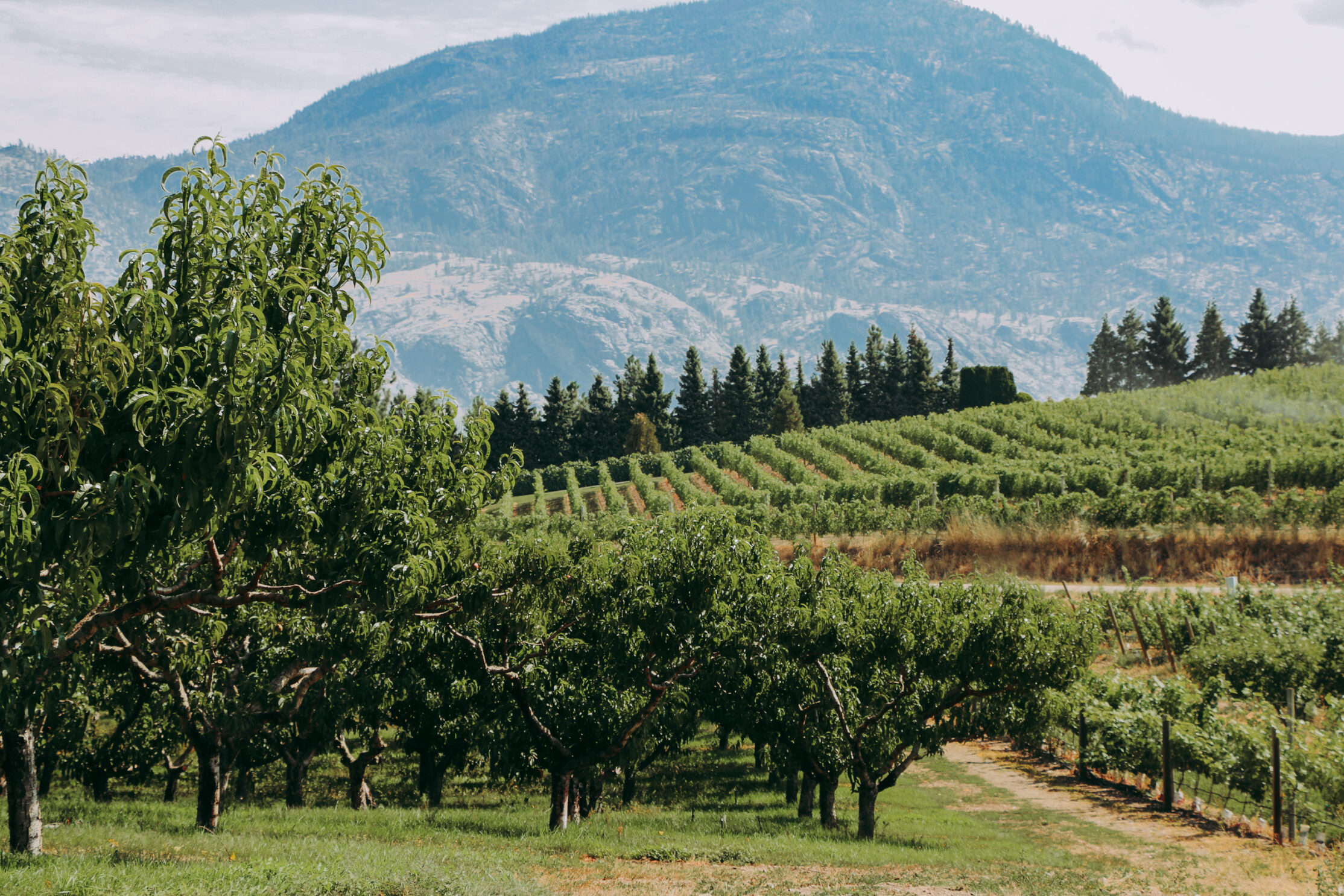
Okanagan stone fruit farmers have battled mounting challenges in recent years, but there’s now concern that the region’s industry is on the brink of collapse.
From climate-related disasters to historic underfunding, local producers believe that without immediate and adequate support, the more than century-old sector could face an irreversible transformation.
“As farmers, we have the motto, ‘There’s always next year, right?’… Literally, we need next year to be good,” said Sukhdeep Brar, an Okanagan stone fruit farmer. “If next year is not good, I might be calling around for a job,” he added.
For many growers, struggles began during the 2021 heatdome, which preceded a harsh winter that killed fruit trees and left the industry in a state of dormancy.
“We’ve never seen the same yields [since then],” Brar said.
Statistics Canada data shows a decline of over 20 per cent in overall fruit production in B.C. from 2018 to 2022. Stone fruit makes up about five per cent of the province’s total annual production.
Building on previous disasters, the cold snap in January has stone fruit farmers anticipating a staggering 90 per cent loss in this summer’s harvest, which includes peaches, apricots, and nectarines.
In response, the provincial government unveiled a $70-million initiative aimed at supporting grape and fruit growers by rejuvenating orchards and vineyards over the next five years.
While grateful for the funding, Brar says it does little to address the immediate relief needs. Pointing out that the program was introduced as an incentive rather than a subsidy.
“If they put in $5, we’re putting in $20 on top. If I don’t have that $20, then I’m not replanting.”
In a statement to CityNews, the Ministry of Agriculture and Food (AF) says it’s currently working with farmers to further develop the program “to ensure it is designed in a way that works for them.”
B.C. farmers facing competition from imported fruit
Despite the scarcity of Okanagan-grown stone fruit, crops imported from the U.S., primarily from Washington State, continue to meet the demand of retailers and consumers.
“We want to make sure that the consumer understands that those [stone fruits in stores] are not from B.C.,” Brar said.
He also highlights the mislabeling of products to appear B.C.-grown as a major issue that perpetuates imports and deceives buyers into believing they are buying local produce.
“I’m not going to name the store, but if you go to one of the big retailers and it says it’s a B.C. peach, that is not a B.C. peach. There aren’t any peaches this year.”
“We really need to support the local farmer [right now]. Anyone coming from the Lower Mainland, stop at the fruit stand; don’t just go to the retailer; grab whatever is going to be there. That supports us way more than anything else.”
Challenging road ahead for fruit farming industry
Without immediate support, the BC Fruit Growers Association (BCFGA) warns of a difficult future.
“It’s bleak,” emphasized Melissa Tesche, GM of BCFGA.
To turn things around, Tesche says the provincial government must demonstrate a stronger commitment to preserving and investing in tree fruit farming in the Okanagan.
Looking beyond the Okanagan stone fruit sector, the province has allocated $300-million to launch new programs supporting climate resilience, innovation, and increased production for all crop producers in B.C. The funding is in addition to the $130-million allocated annually in the provincial budget to support food security.
If that support doesn’t arrive in time, Tesche says the entire industry as we know it could change.
“Without help, we’re going to see a lot of ‘for sale’ signs.”